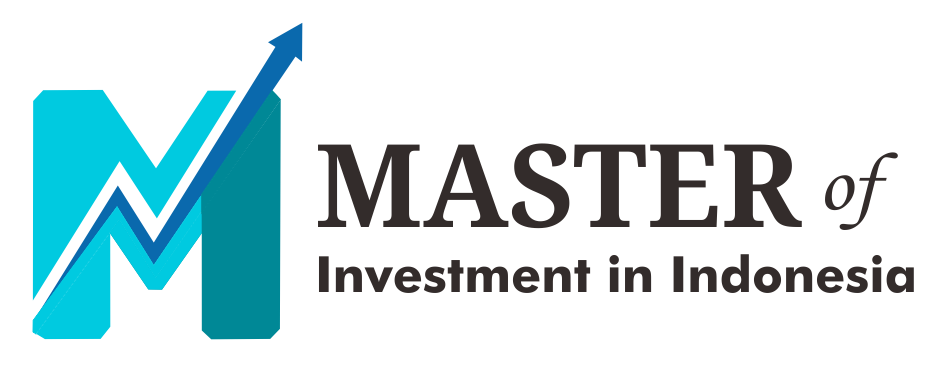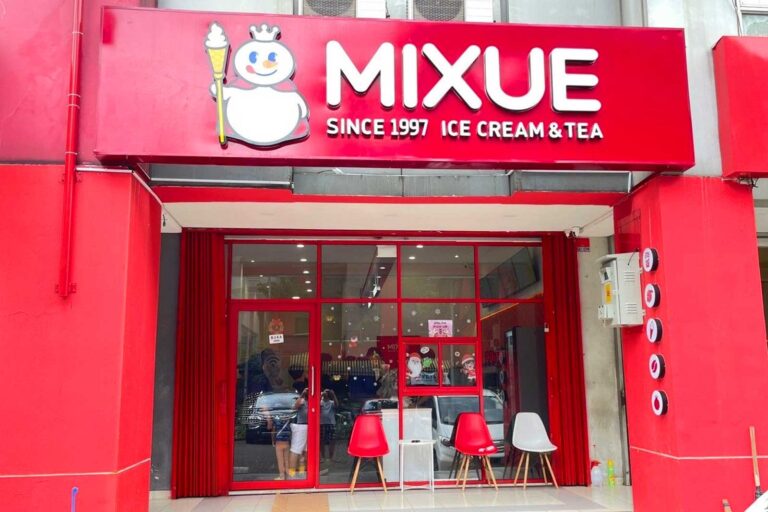On Wall Street, there is an old adage that goes, “If you want to succeed as an equity fund manager, follow interest rates and bond markets.”
So, how do we know if active stock fund managers are paying attention to bond markets? There is no ideal solution, but the performance of in-family bond funds is the proxy we use here. The skills required to build successful bond funds, we believe, will flow over and help provide above-average returns for in-family active equity funds. For example, if an asset management firm’s active bond managers underperformed during the last five years, we would expect their active equity equivalents to underperform as well.
With this premise in mind, we retrieved the performance of all US dollar-denominated funds over the previous five years, matched each actively managed equities fund to its fund family, and compared its performance to that of the average in-family fixed-income mutual fund.
Our Bottom Bond Fund Performers category denotes funds with the worst performance quartile over the five years under consideration, while our Top Bond Fund Performers category denotes funds with the best performance quartile.
We put our idea to the test by investing in an actively managed emerging market, value, growth, small-cap, large-cap, and foreign equity funds. Our findings were mostly inconclusive.
| Top Bond Fund Performers (Same Fund Family) |
Bottom Bond Fund Performers (Same Fund Family) |
Difference | |
| Emerging Market Equity | –1.22% | –1.12% | –0.10% |
| Value Equity | 8.44% | 8.56% | –0.12% |
| Growth Equity | 9.28% | 9.25% | 0.03% |
| Small-Cap Equity | 6.38% | 6.89% | –0.51% |
| Large-Cap Equity | 7.33% | 7.19% | 0.14% |
| International Equity | 1.02% | 0.87% | 0.15% |
Large-cap and international stocks are the only two sub-asset classes with outcomes that could support our theory. Strong in-family bond fund performance is connected with 0.14 percentage points of equity fund outperformance per year when compared to the bottom quartile.
Overall, our findings show that a fund family’s performance with bond funds does not transcend to the equity side of the ledger. Of course, our in-family proxy may not be the best indicator of which stock fund managers are most concerned with interest rates and bond markets. To be sure, only a really unique collection of data would be able to correctly identify that cohort.





